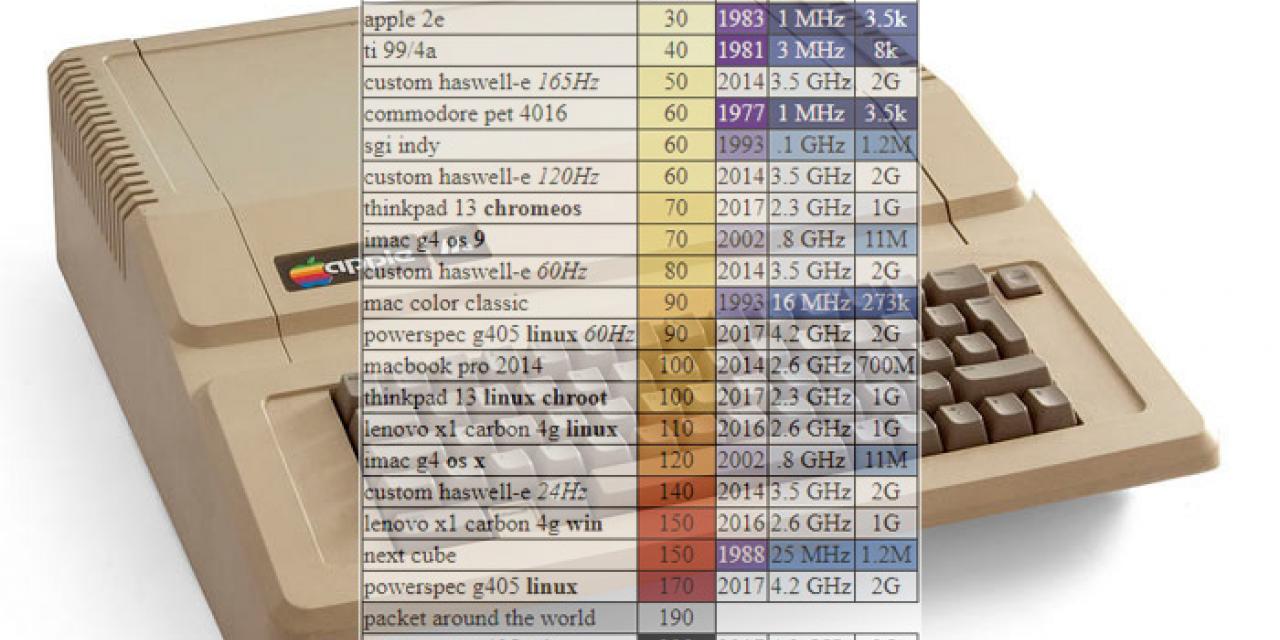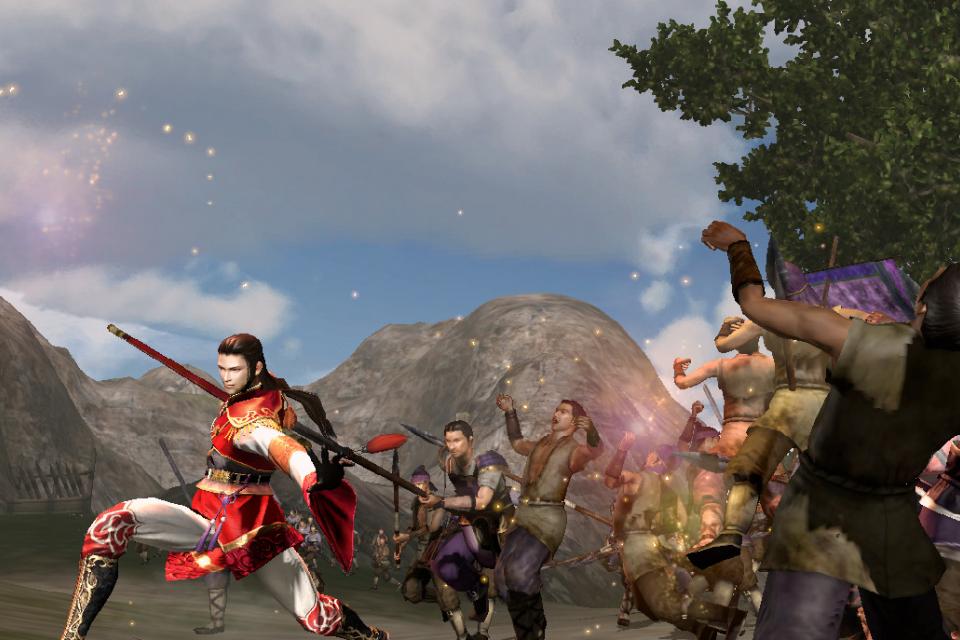
A new branch of research by Microsoft Engineer, Dan Luu, has discovered that when it comes to input lag, computers from the 1980s were far faster than the kind of options we have today - even PCs that are incredibly fast and operating with high-refresh-rate monitors. In a study he conducted, he found that the fastest system out there was an Apple 2e, released some 34 years ago, with just 30ms of latency.
A look at the table he put together paints a pretty poor picture of modern computing, with systems released in 2017 having upwards of 100ms input lag in some cases and 200+ in others. The only way he was able to even remotely compete with some of those older systems was with high-end computers, like a custom Haswell-E system from 2014, running on a 165Hz monitor.
But even then the Apple 2e was faster, despite having just a 1Mhz clock speed. In comparison, the Haswell E was running at 3.5Ghz and had near twice the same input lag. Ultimately he said, this was because ancient PCs like the Apple system featured dedicated keyboard logic hardware, whereas modern PCs have done away with that for faster, more general processing.
"[It is] a bit absurd that a modern gaming machine running at 4,000x the speed of an Apple 2, with a CPU that has 500,000x as many transistors (with a GPU that has 2,000,000x as many transistors) can maybe manage the same latency as an Apple 2 in very carefully coded applications if we have a monitor with nearly 3x the refresh rate", he said in his blog post, via HardOCP. Fortunately though, he sees high-speed monitors helping to change that dynamic. "[We are now] emerging from the latency dark ages and it’s now possible to assemble a computer or buy a tablet with latency that’s in the same range as you could get off-the-shelf in the 70s and 80s".
To put this test together, Luu utilized various keyboards on various systems running various operating systems and leveraged a 1,000FPS camera to record the difference in time between the keystroke and it appearing on the display.








